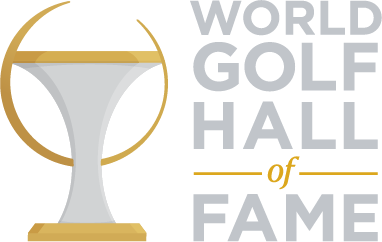By Claudia Mazzucco, Golf History Today
On June 17, 1962, Jack Nicklaus defeated Arnold Palmer to win the 62nd United States Open in an 18-hole playoff at Oakmont Country Club in Western Pennsylvania, 40 miles from Palmer’s home in Latrobe. The two had tied with totals of 283, one-under-par at the end of the regular 72 holes on Saturday.
Nicklaus, a robust 200-pounder who strangled the course with sheer brute strength, would prove himself equal to the task. Paired with Palmer for the first two rounds, he made birdies on his first three holes of the tournament. He settled, however, for a 72 (+1). After the first round, Palmer shot par 71 and trailed the leader, Gene Littler (the defending champion), by two.
The next day, Palmer shot 68 to share the lead with Bob Rosburg. Nicklaus shot 70. In the third round, Nicklaus picked up only one stroke on Palmer… only because Arnie missed a two-footer on the 18th hole. After a quick lunch break, play resumed with Palmer and Bobby Nichols sharing the lead with 212. Palmer birdied the second and fourth holes. After seven holes, Nicklaus, playing in the group ahead of Palmer and Rosburg, was five behind. However, a chip in for eagle on the par-5 ninth hole was all the encouragement Nicklaus needed to make his charge. Palmer followed him with a bogey on the ninth to give Nicklaus a three-shot swing in one hole. Nicklaus caught him at the par 3 thirteenth hole, which Palmer bogeyed.
At the 18th Jack missed a 10-foot birdie putt and was the leader in the clubhouse with 283. Minutes later, Palmer bounced a 4-iron to within 10 feet of the flag on the 18th.
“I hate to see him coming at me,” Nicklaus said.
To fulfill the dream of winning the Open at home, Arnold had to make the putt for birdie. He jabbed at the ball in perfect Palmer form, but his putt was a couple inches too high. The ball rolled by the hole and traveled an extra two feet. There would be a Sunday playoff.
During the extra time, Nicklaus’s great success was to find ways to ignore the crowd. Newspaperman Jerry Izenberg remembered how Palmer’s fans, many of them steelworkers, tried to affect the outcome.
“Every time Nicklaus was ready to line up a putt,” Izenberg said, “they started to stamp their feet. The freaking ground was shaking.”
Yet, Nicklaus never lost his nerve. He birdied the first hole – where he outdrove Palmer by more than 30 yards – the fourth, and the sixth for a four-shot lead. Palmer bogeyed the sixth. When Arnold sank a five-footer for birdie at the 11th, and then a three-footer for birdie at the 12th, the gap was down to one stroke. But a pushed 4-iron on the 13th hole led to another bogey.
Still up two shots, Nicklaus hooked his tee-shot into the deep rough on the 18th. He found his ball in an animal hole, though he suspected that a fan had stepped on his ball. He hit an excellent wedge short of a fairway bunker. Then he calmly knocked his third shot onto the green about 15 feet left of the pin. Nicklaus ran his putt for a par two and a half feet past the cup.
Palmer, meanwhile, hit a weak approach that stopped in the rough bordering a trap below the green. His chip was too strong but in the right direction. The ball took two hops and appeared ready to go in, but ran to the back fringe. He missed the putt, tapped in for a six, and then picked up for Jack’s marker in an act of concession, forgetting that they were not playing match-play and Nicklaus still had to put out.
“He shook Nicklaus’s hand and gave Jack his marker as they headed off the green, Jack wrapping his right hand around Arnold’s shoulder while whispering words of consolation,” Ian O’Connor said in his bestselling book, Arnie & Jack.
“Joe Dey of the USGA stopped the men in their tracks. As state troopers and Open officials gathered around them, Dey told Nicklaus he needed to hole his ball. Jack returned to the green, where his caddie, Nick ‘Topsy’ Bugna, pointed to the spot where the ball should be placed. Jack made his two-footer and his score of 71 was officially better than Arnold’s score of 74.”
Nicklaus claimed his first professional win and Major Championship, becoming the youngest winner of the U.S. Open since Bobby Jones won in 1923 at age 21. He went home to a Columbus parade attended by several thousand people. He rode with his wife, Barbara, in the back seat of a red convertible along High Street to the statehouse steps, where he accepted the key to the city.
It was the beginning of a beautiful, friendly rivalry.

